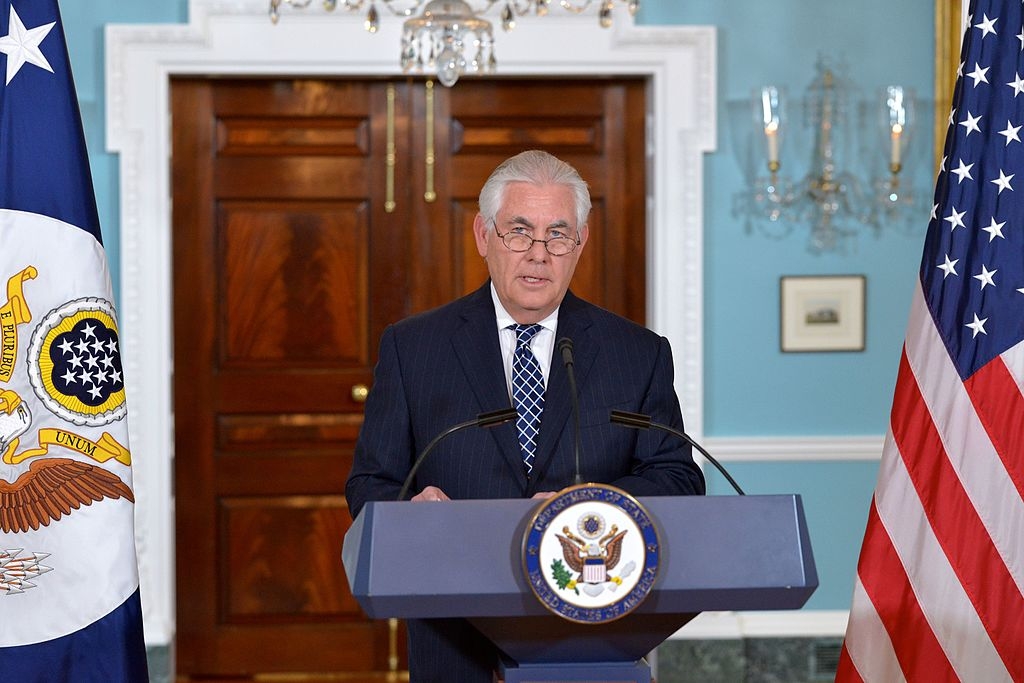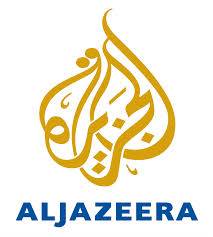What Kind of Iran Did the U.S. Just Certify? by Reza Shafiee

-
For past 38 years, Iran’s Islamist regime has demonstrated that it is neither able nor willing to reform.The time for the U.S. jettisoning its toxic “nuclear deal”, and for regime change in Iran, is now.
The Trump Administration reluctantly certified to Congress on July 17 that Iran had continued to meet the “required conditions” for the 2015 “nuclear deal”, signed by six world powers. Despite the certification, US officials were quick to remind Iranian regime that it is not out of the woods yet. Senior administration officials made it clear that President Trump intends to impose new sanctions on Iran for ongoing “malign activities” in non-nuclear areas such as ballistic missile development and support for terrorism.
The Trump administration made good on its promise just a day later, by imposing new sanctions on five individuals and 14 entities related to violations of what “primary” sanctions.
“The United States remains deeply concerned about Iran’s malign activities across the Middle East which undermine regional stability, security and prosperity,” said State Department spokeswoman Heather Nauert in a statement, adding that “Iran’s support for US-designated terrorist groups, militias and Syrian President Bashar al-Assad, as well as domestic human rights concerns,” remain unresolved in the eyes of US officials.
The mullahs in Tehran try hard to shift world’s focus from their unneighborly activities in all other areas, such as sponsoring terrorist groups in the region, including the Lebanese Hezbollah, and, with the help of North Koreans, manufacturing indigenous missiles that are gradually improving in accuracy and range, and last but not least, oppressing Iran’s population.
A range of US officials have made it clear to the regime in Tehran that, no matter how hard it tries to whitewash its image, such behavior is unacceptable.
US Defense Secretary James Mattis said in an interview that Iran is not trustworthy and by “far the biggest threat to peace and stability in the region,” and he gave credit again to former Secretary of State Hillary Clinton for effectively using economic sanctions, and “forcing the Iranian regime to the negotiating table.”
Army Gen. Joseph Votel, commander of the U.S. Central Command also emphasized again that the Iranian regime remains the main source of instability in the region. “The Iranian regime,” he said, “remains the most destabilizing influence in the CentCom region.”
Such sharp comments on Iran’s role in the region and beyond are not limited to that of Mattis or Votel. US officials are now openly calling for “regime change.” President Trump named the Iranian regime among the “rogue regimes like North Korea… and Syria and the governments that finance and support them.”
After Iran’s fake-democratic elections on May 19, in which the slate of possible candidates was cherry-picked by the regime, and the declared reelection of Iran’s President Hassan Rouhani, US policy on Iran requires a major overhaul. The Obama Administration’s ostensible vain hope was that after the nuclear deal was struck with the Joint Comprehensive Plan of Action (JCPOA) in the summer of 2015, the mullah’s regime would suddenly transform and turn into a responsible first-class world player. Two years into the deal with the Iranian regime, as foretold, the world is not a better place.
Old habits die hard, particularly with the rulers in Tehran. Hostage-taking of foreign nationals, and especially US citizens, has been a habit of this regime since day one. On July 17, an announcement appeared that Xiyue Wang, 37, a Princeton University student pursuing a Ph.D. in Eurasian history, had been arrested in Iran and sentenced to 10 years in prison on dubious charges of espionage. He is accused of spying for the US and the UK.
Hardly anyone would doubt that Wang is serving time until a different date, pending a foreseeable hostage swap of some kind, or better yet a hefty ransom in return for his release. Over the span of almost four decades, the Islamic Republic’s hostage-taking has become a boring and bitter soap opera — no disrespect is intended to the hostages’ suffering families, who spend agonizing and frustrating years in the hope of freeing their loved ones. Lately the Trump administration has been demanding that Iran return former CIA agent Robert Levinson, who has been held captive for a decade, and whose family are suing Iran for kidnapping.
Iran’s regime has also been meddling in the internal affairs of Syria, Iraq and Yemen by directly funding and training various militia groups, as well as directly trying to control the governments there, via Iran’s violent military wing, the Islamic Revolutionary Guards Corps (IRGC), which also maintains ballistic missile sites. (revealed last month by the Iranian opposition).
The IRGC and its Quds Force no longer hide their presence in Syria and Iraq. Last month in Syria, a few near-collisions were reported between US Special Forces and Iranian-backed groups. Often high- ranking members of IRGC arrive home in body bags from Syria. In addition, Afghan and Pakistani recruits are being dispatched to Syria by the thousands. They have been given “religious” names such as Liwa Fatemiyoun, (“Fatemiyoun Division”) and Zeinabiyoun, “Pakistani Division”). The Syrian opposition estimates that there are anywhere from 70,000 to 90,000 armed militiamen fighting under IRGC and Quds Force command.
Contrary to the Obama Administration’s open-arms policy for embracing the mullahs at any cost to the US and Iran’s jittery neighbors, the Trump administration and Congress seem determined to put an end to Iranian regime’s expansionist and repressive actions.
US Secretary of State Rex Tillerson has called for regime change in Iran. He also called for support of “elements inside of Iran that would lead to a peaceful transition of that government”, among comments in a hearing on State Department budget for next year, before the House Foreign Affairs Committee.
 US Secretary of State Rex Tillerson has called for regime change in Iran, and specifically for support of “elements inside of Iran that would lead to a peaceful transition of that government”. (Image source: US Department of State) US Secretary of State Rex Tillerson has called for regime change in Iran, and specifically for support of “elements inside of Iran that would lead to a peaceful transition of that government”. (Image source: US Department of State) |
The Iranian people have been keen on getting rid of Iran’s oppressive regime since June 20, 1981, the day that the IRGC embarked on a bloody crackdown on a half-million peaceful demonstrators in Iran calling for a free and open society.
An example of such resolve on the part of Iranian people was the galvanized crowd of tens of thousands of Iranian expatriates gathering, organized by Iran’s main opposition, the National Council of Resistance (NCRI), on July 1 in Paris.
Many former and current officials from US, Canada, Europe and the Middle East unanimously called for “regime change” in Iran as a viable and realistic solution to mullahs “destabilizing role” in the region and crimes it has committee against its people.
“The overthrow of this regime is indispensable, feasible, and within reach, and that a democratic alternative and an organized resistance exists to topple it,” said Maryam Rajavi, oresident of the NCRI in her address.
The time for the U.S. jettisoning its toxic “nuclear deal”, and for regime change in Iran, is now.
















